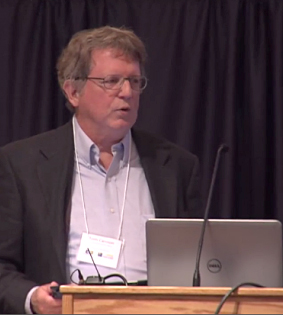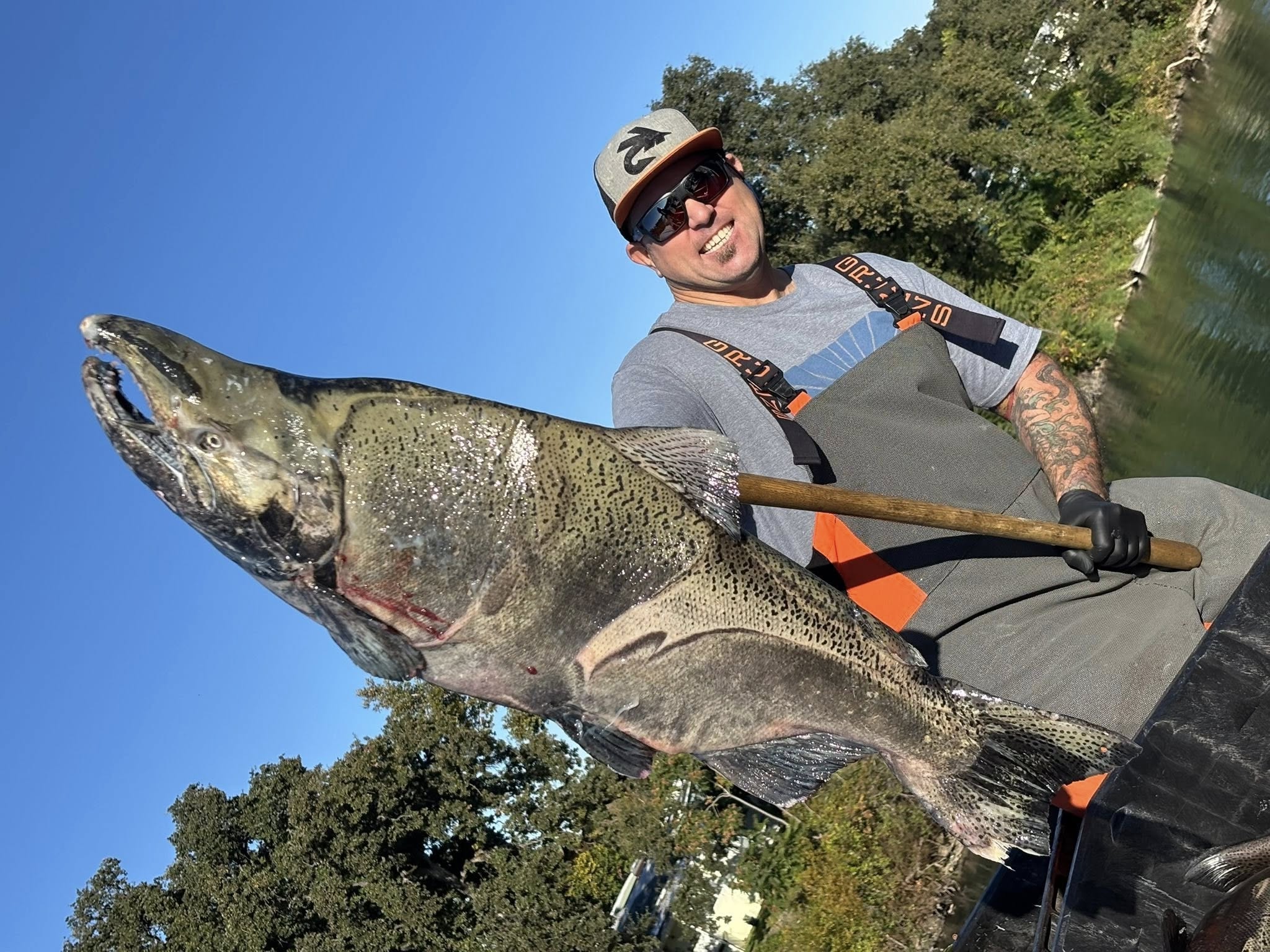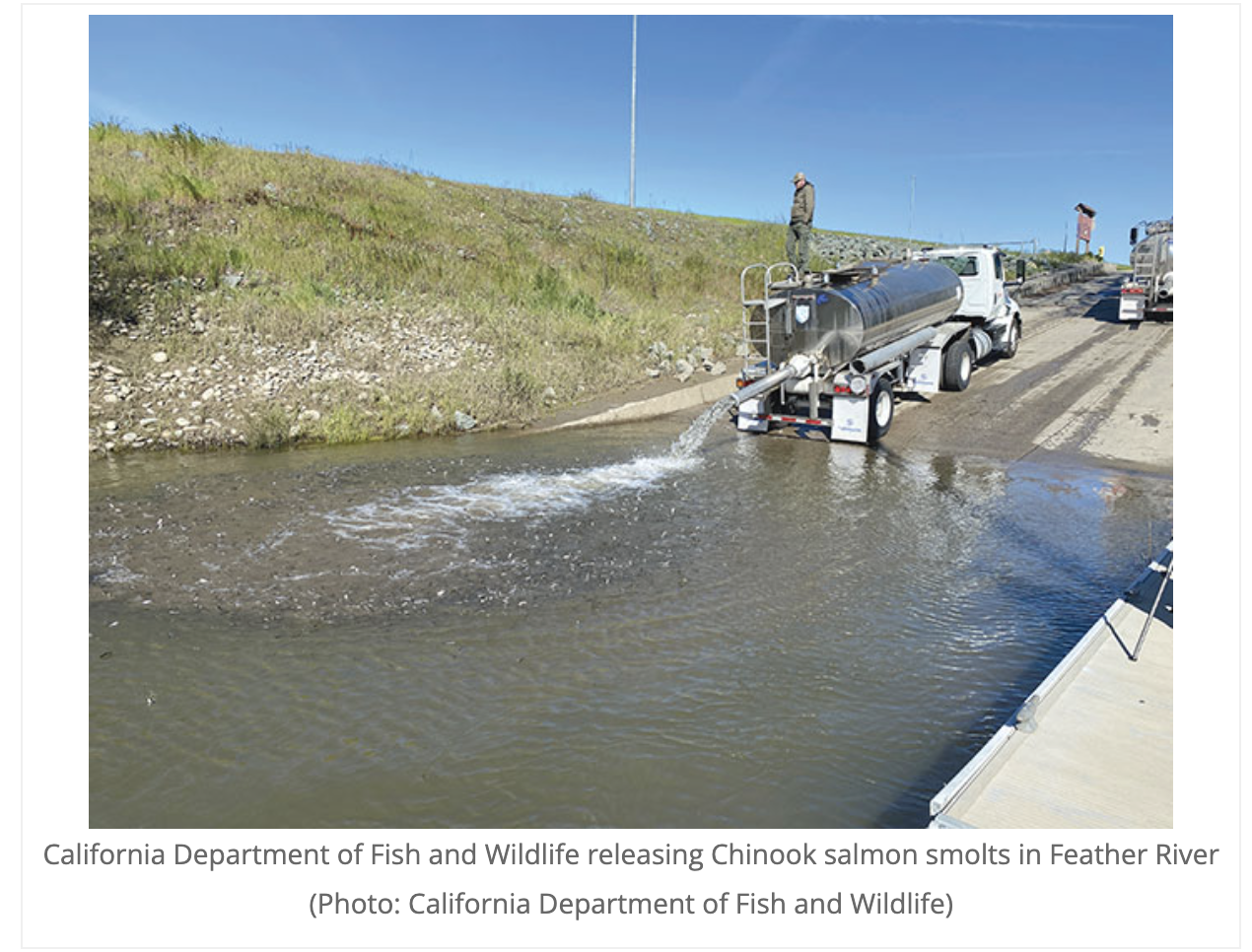Sacramento River Fall Run Salmon Report
By Tom Cannon, thomascannon0@gmail.com
*Note: The NCGASA Board of Directors hired Tom Cannon in the summer of 2022 to review the state of the Fall Run Fishery on the Sacramento River System and to publish a report with his findings. The Board was very concerned about the low returns trend from three consecutive years as well concerns of the natural spawning component being gone from the system. Click Here for full report: PDF File. NCGASA is providing a place for more information on salmon, but all of Cannon’s recommendations do not necessarily represent the views of our organization.
Call to action: Attend the next Fish & Game Commission Meeting on Feb. 8-9. Click HERE for link to Cal-Span video of the meeting. James Stone’s public comment at 4:22 into the video.
2023 Fish & Game Commission Meetings, click here.
February 8 & 9, 2023:
Central Valley sport fishing / Salmon presentation is on the agenda, click here, for this meeting. How to join this meeting, click here. For meeting documents, click here.

Tom Cannon is an estuarine fisheries ecologist and biostatistician and has been involved in Delta fishery issues for more than 35 years. Over that period, Tom has worked for or been a consultant to the California Department of Fish and Wildlife, U.S. Bureau of Reclamation, National Marine Fisheries Service, State Water Contractors, CalFed Bay-Delta Program, State Water Resources Control Board, PG&E, California Striped Bass Association, Fisheries Foundation and CSPA. He has been involved in numerous habitat restoration projects. Find his reports on https://calsport.org/fisheriesblog/
Summary and Conclusions
This report focuses on the escapement failures and escapement data and factors related to escapement failures of Sacramento River Fall Run Chinook Salmon (SRFRCS). Our analysis indicates escapement (recruitment) failure can come quickly (in one year). Recovery may take years or may not occur if stocks become too depressed. The escapement target of 122K is not realistic because escapement can drop to that level quickly in modern times with moderate ocean and inland harvest. Natural spawning stocks are not definable since in-river spawning stocks are predominately hatchery fish or the offspring of hatchery fish. So, the question of what is natural-produced or hatchery-produced is moot. The upper Sacramento in-river (naturally-spawning) stock is greatly depressed and probably headed in the direction of the upper Sacramento spring run stock – extinction at least in the “wild”-genetic stock. Current management[1] does not work well because of the heavy hatchery influence, poor in-river natural-spawning conditions, over- and unequal-harvest, and fishable stocks operating well below their maximum sustainable yield (MSY). Harvest in-river during the SRFR run is often poor because of poor river conditions that delay the run. Salmon must wait to migrate up from the Bay until Delta and lower river waters cool sometime in early fall. Spawners are unhealthy and stressed when they arrive on the spawning grounds – and Thiamine deficient – by the time they can spawn because of poor holding conditions and excessive water temperatures that delay spawning. Summer water allocation from Shasta Reservoir for winter-run salmon leaves nothing for fall-run salmon. The HSRG and the HGMPs attempt to improve the genetics and save the few remaining near-extinct “wild”-genetic fish, and thus do not address the problem of poor stock levels, and low harvests and escapement of remaining natural-born and hatchery-produced stock elements. It really is a “wicked” problem, virtually unsolvable under the present science and management framework. There are so many things that can be done, but only a minimum is tried or accomplished. Trucking hatchery smolts to the Golden Gate and coastal bays dramatically increases adult returns per smolt released but creates a complex straying “problem”.[2] Moving fertilized eggs from Coleman-origin salmon back to Coleman seems to be a viable short-term solution if straying is considered a problem. If there is concern that straying will reduce the run up the mainstem Sacramento River, then just fix the real problem – the water is too warm in late summer and fall – forcing delays and straying to refuge waters of the lower tributaries.
[1] The combined responsibilities of the federal and state agencies (PFMC, USFWS, NMFS, CDFW, SWRCB, CDWR, etc).
[2] Straying is only a problem if keeping separate genetic hatchery stocks is an objective and securing sufficient eggs for each hatchery is a problem. There is little genetic difference between the various Central Valley fall run stocks because of many decades of straying and inbreeding.








